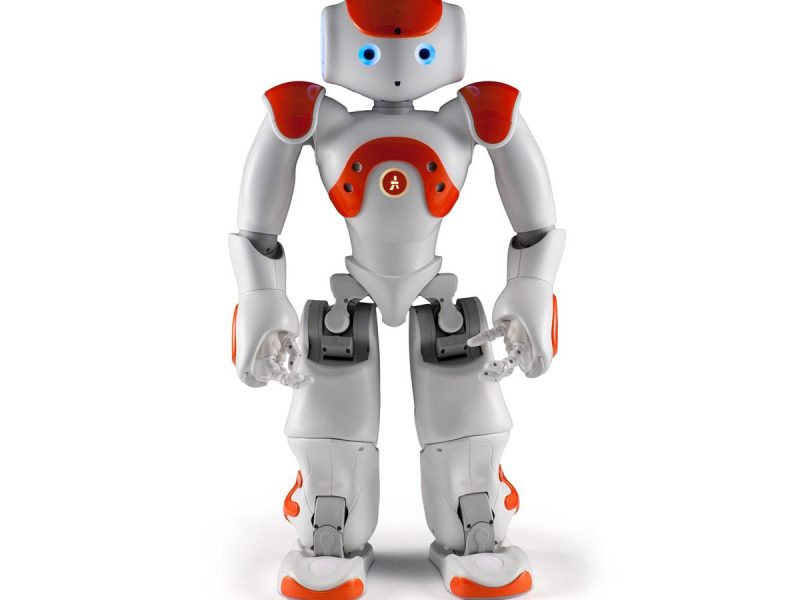Open source AI infrastructure for intact interaction with Humanoids through Kinect sensor, in education context

Abstract: This diploma thesis explores the communication gaps in Social Assistive Robots (SARs), with a particular focus on their application in educational settings. The project aims to address these gaps by incorporating the ability to use human body language in a humanoid robot, enhancing non-verbal communication. This enhancement is especially critical when supporting students with Autism Spectrum Disorders (ASD), as current robots struggle to reproduce the subtle non-verbal cues essential for meaningful interaction. The thesis outlines the design and development of a prototype system aimed at improving human-robot communication.
Introduction: Social Assistive Robots have gained prominence in various fields, particularly in education, where they support learning and interaction. However, a significant gap remains in their ability to replicate human body language, an essential component of effective communication. This issue becomes even more pronounced when interacting with students with ASD, who rely heavily on non-verbal cues for communication. This thesis proposes the integration of human body language capabilities into a humanoid robot to bridge this gap, thereby enhancing the effectiveness of SARs in educational environments.
Objectives:
Conduct a comprehensive analysis of the communication gaps in Social Assistive Robots, focusing on non-verbal cues in educational contexts.
Design and develop a system that enables humanoid robots to incorporate human body language, enhancing non-verbal communication.
Improve the interaction between SARs and students with ASD by addressing the limitations in non-verbal communication.
Implement the proposed system in a humanoid robot and evaluate its effectiveness in a controlled educational setting.
Provide insights into how improved non-verbal communication in robots can foster better interaction in various assistive scenarios.
Methodology: The methodology encompasses the following steps:
Analysis of communication gaps: Conduct research on existing SARs, with a focus on identifying the shortcomings in non-verbal communication, particularly in educational contexts.
System design: Develop a comprehensive system design that integrates human body language into the existing framework of a humanoid robot.
Prototype development: Implement the system into a humanoid robot, incorporating sensors and actuators to mimic human non-verbal cues.
Evaluation and testing: Evaluate the performance of the robot in a controlled educational environment, particularly with students with ASD, to measure the improvements in interaction.
Feedback and refinement: Gather feedback from users and refine the system based on the observed effectiveness and challenges encountered during testing.
Expected Contributions:
Development of a humanoid robot with enhanced non-verbal communication capabilities, addressing a critical gap in SAR-human interaction.
Insights into the challenges of integrating human body language into robotic systems, particularly in the context of supporting students with ASD.
Practical examples of how improved communication in SARs can positively impact educational settings and foster better student engagement.
A foundation for future research and development in the field of SARs, with a focus on enhancing human-robot interaction through non-verbal communication.
Conclusion: This thesis aims to address the communication gaps in Social Assistive Robots, particularly in their ability to reproduce human body language. By focusing on the needs of students with Autism Spectrum Disorders, the project endeavors to create a more effective and engaging interaction model for SARs in educational settings. The proposed system not only improves communication for students with ASD but also provides a framework for future advancements in human-robot communication.
